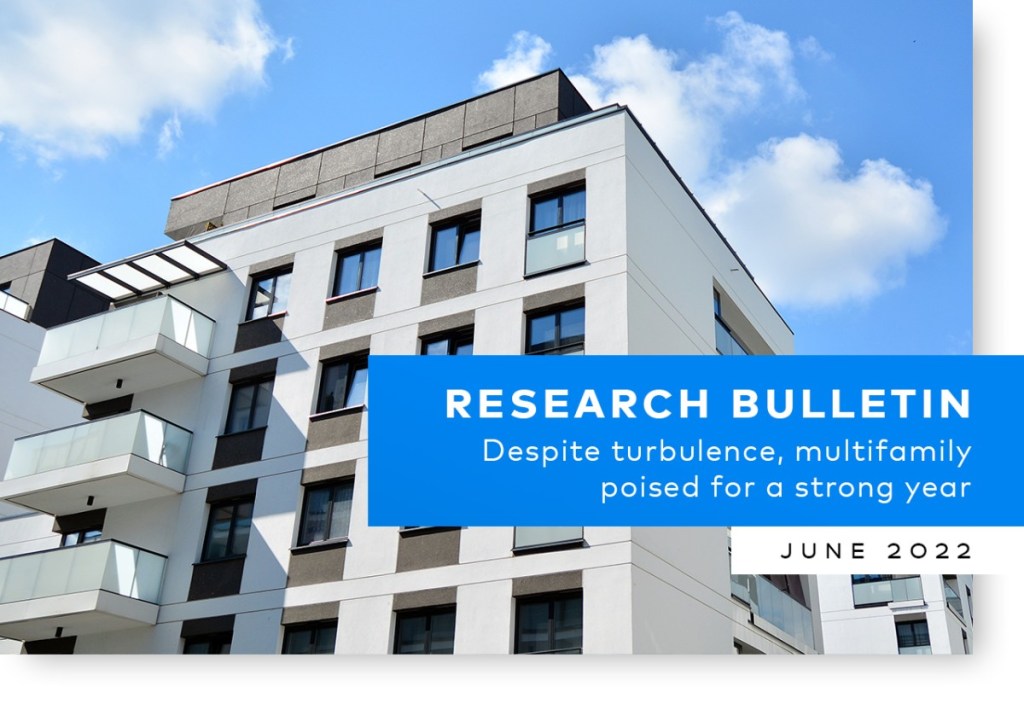National Rent Growth
Projections Bump Up
Rents in most American cities continue to rise slightly each month but are not duplicating the rapid escalation rates exhibited in 2021. But given ongoing gains, Yardi Matrix has revised its end-of-year projections upwards for most markets in a new special report. Average month-over-month asking rents increased by 1.1 percent in May compared to the […]





